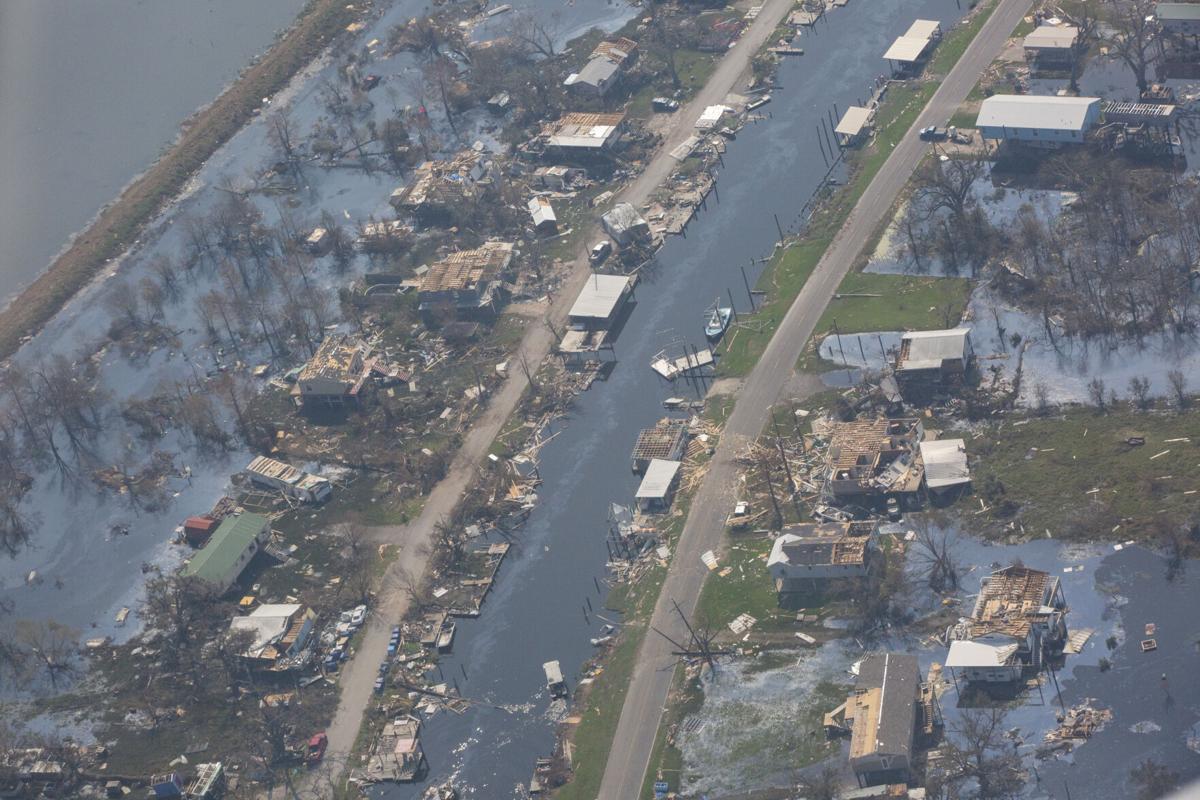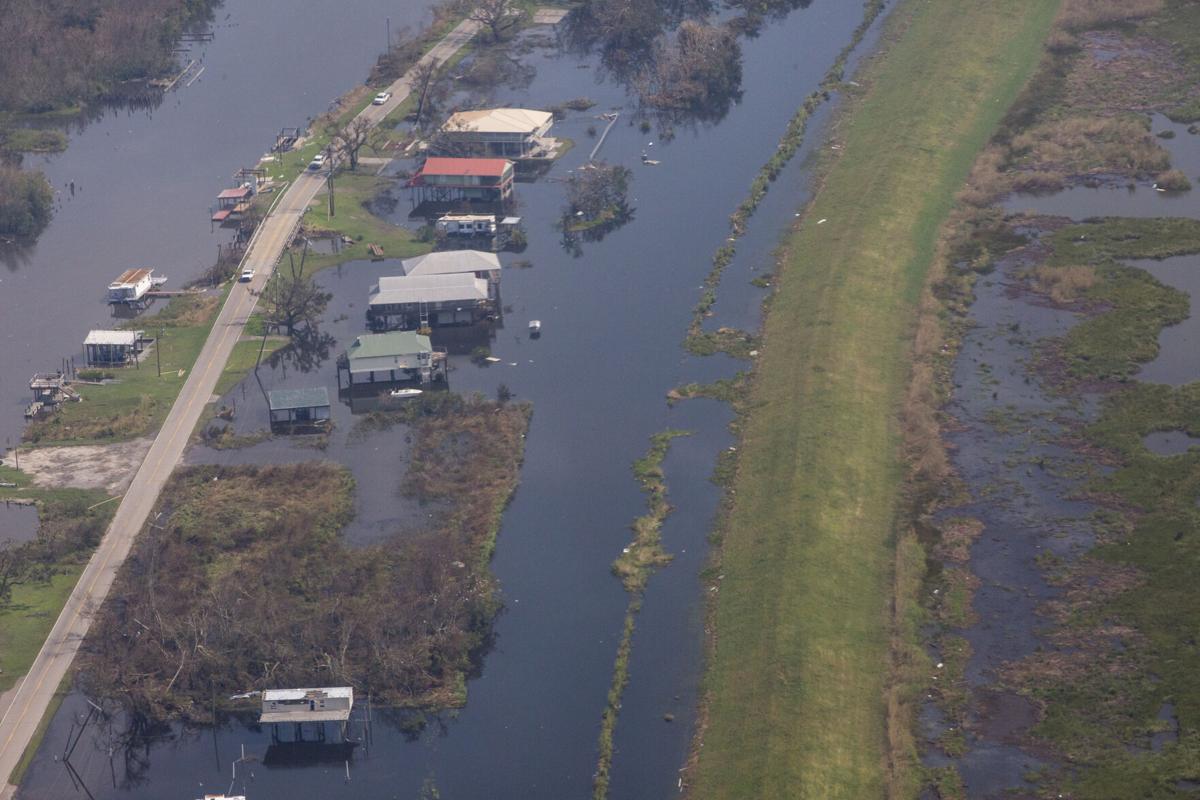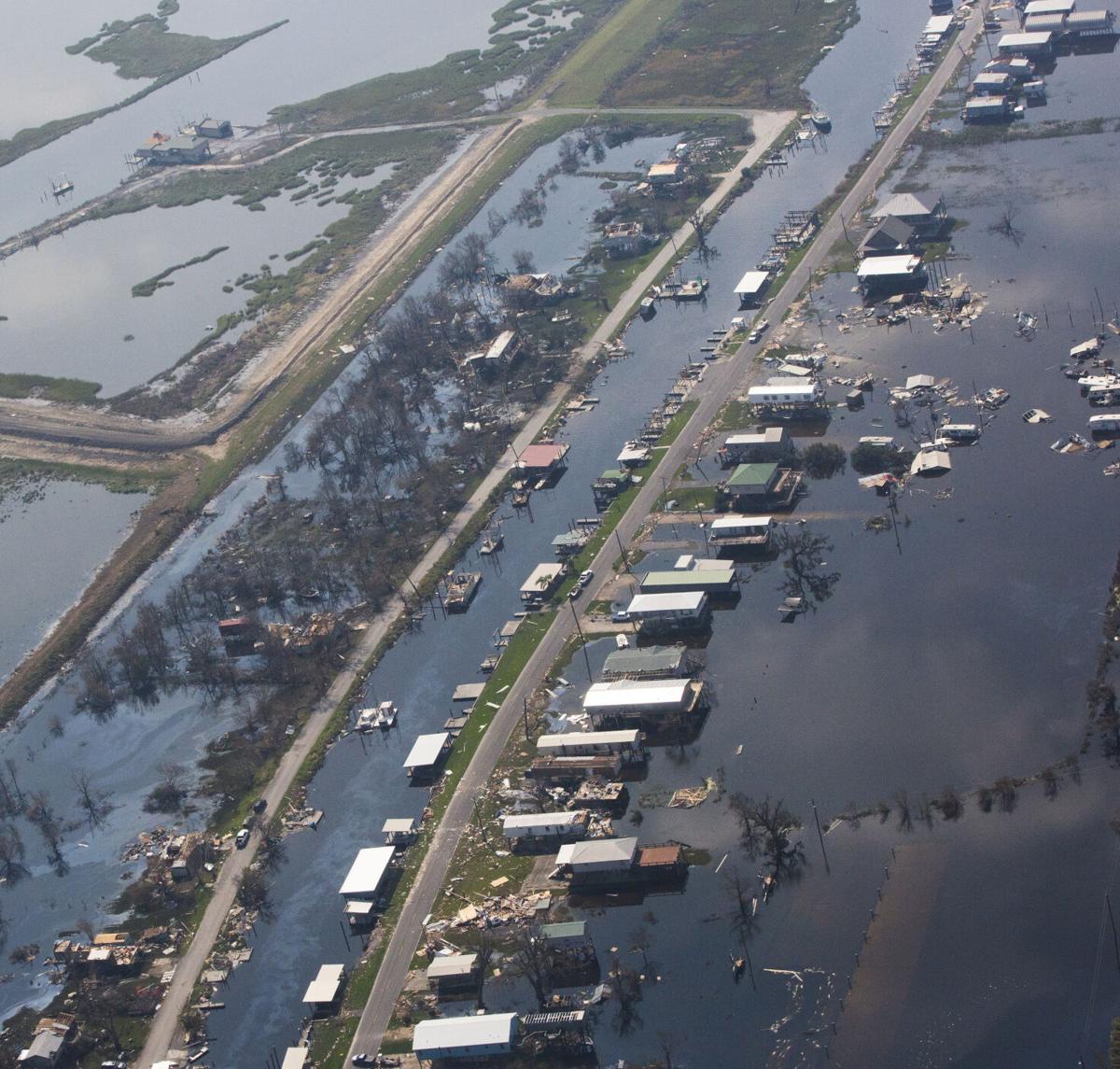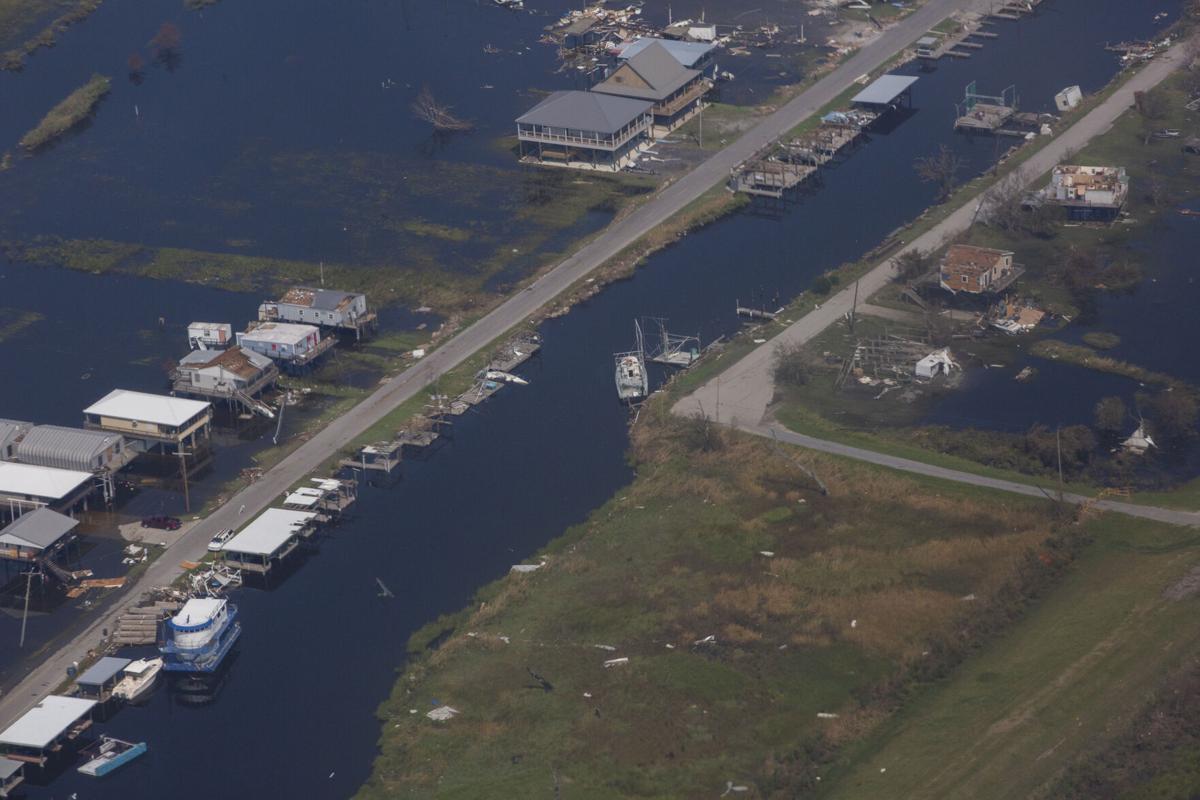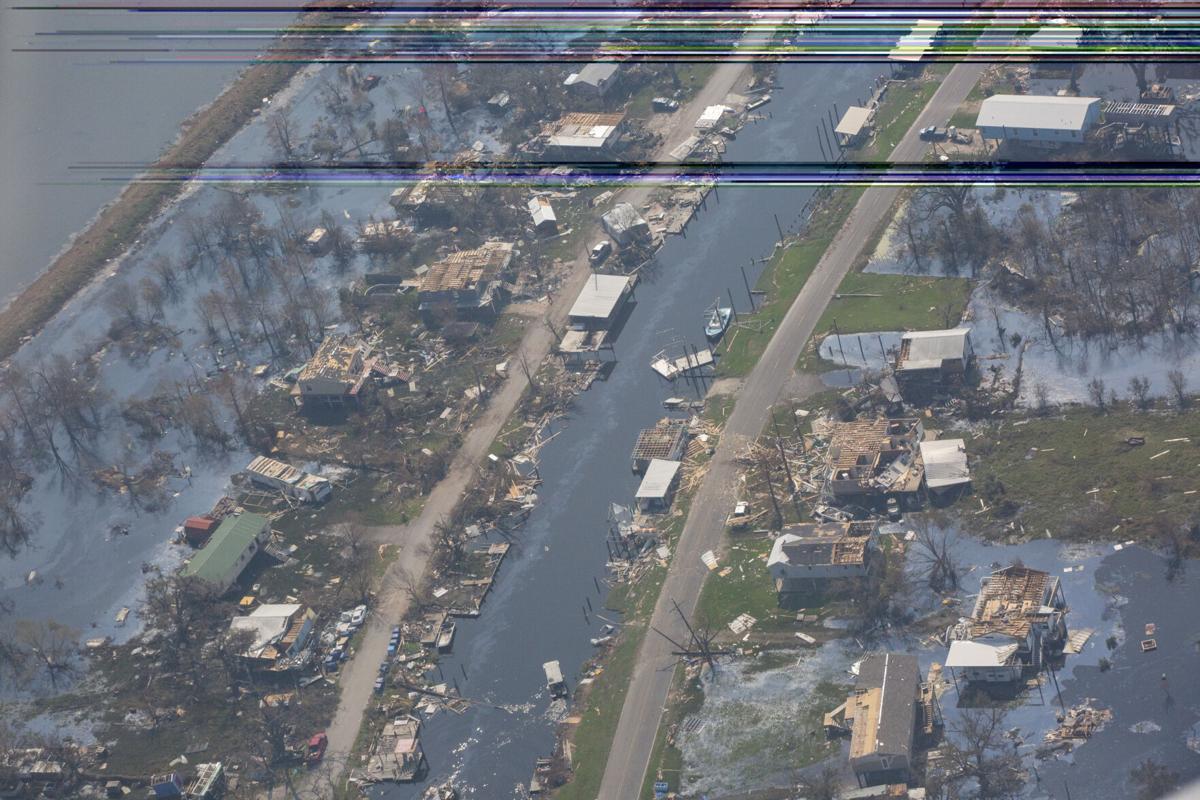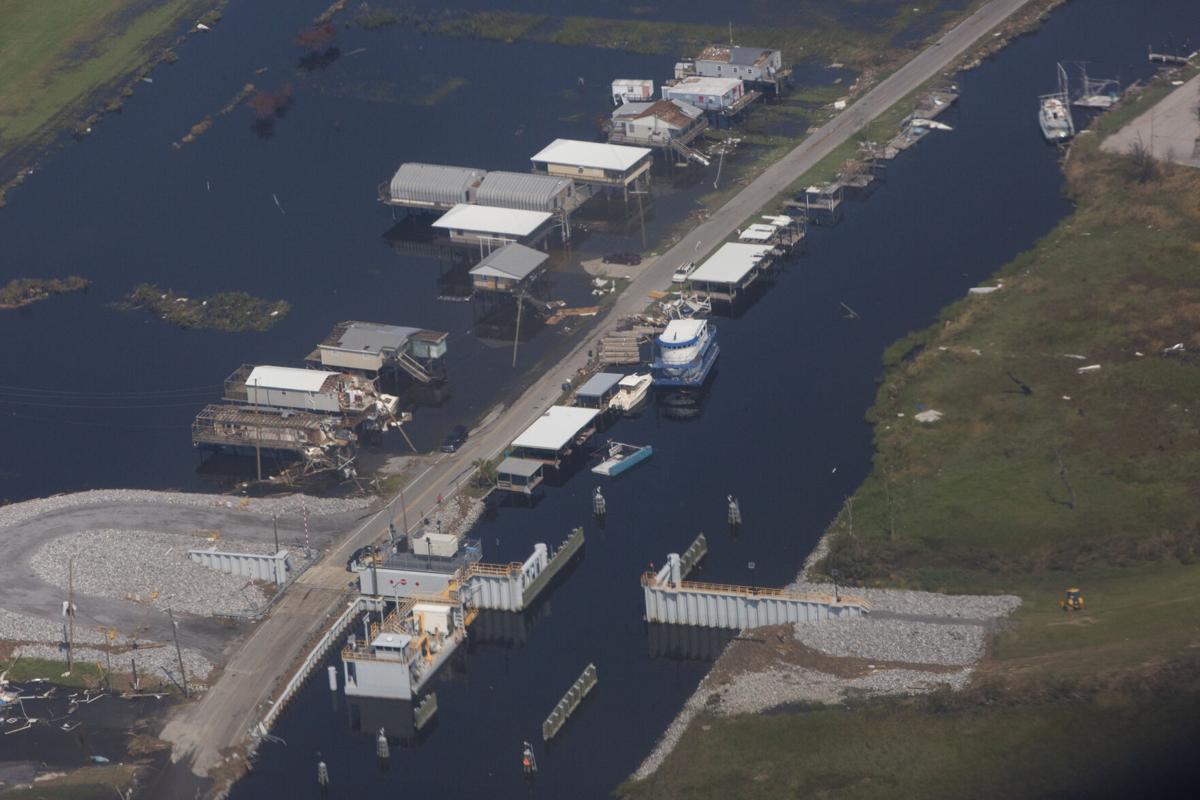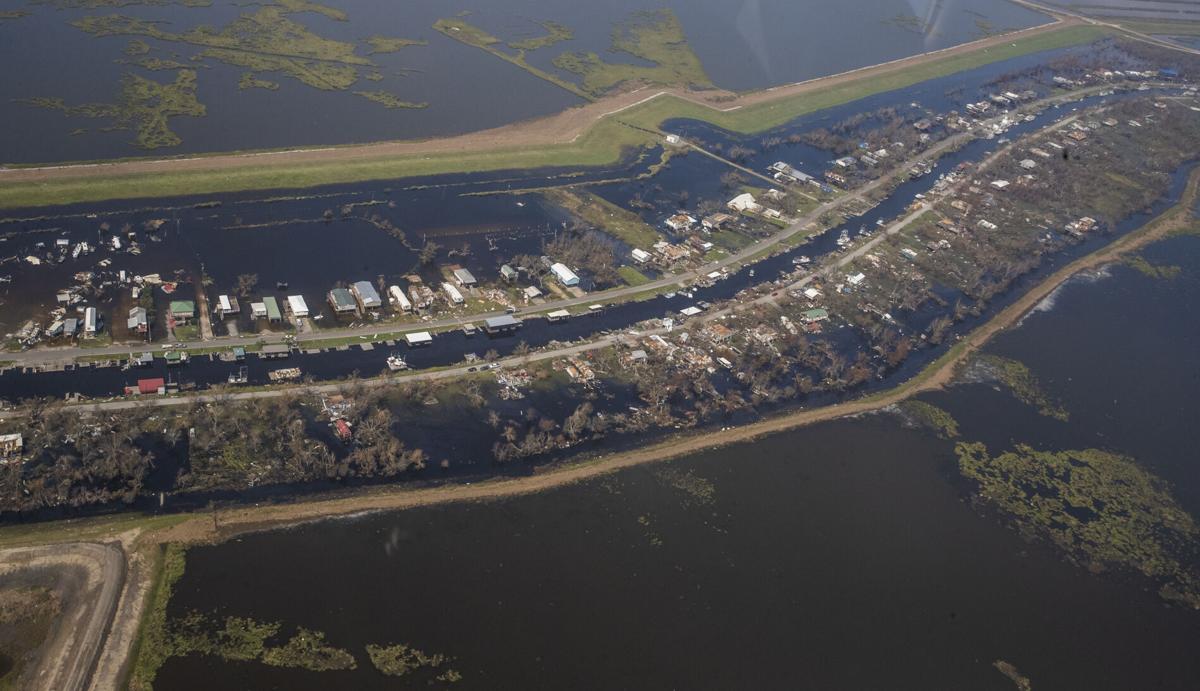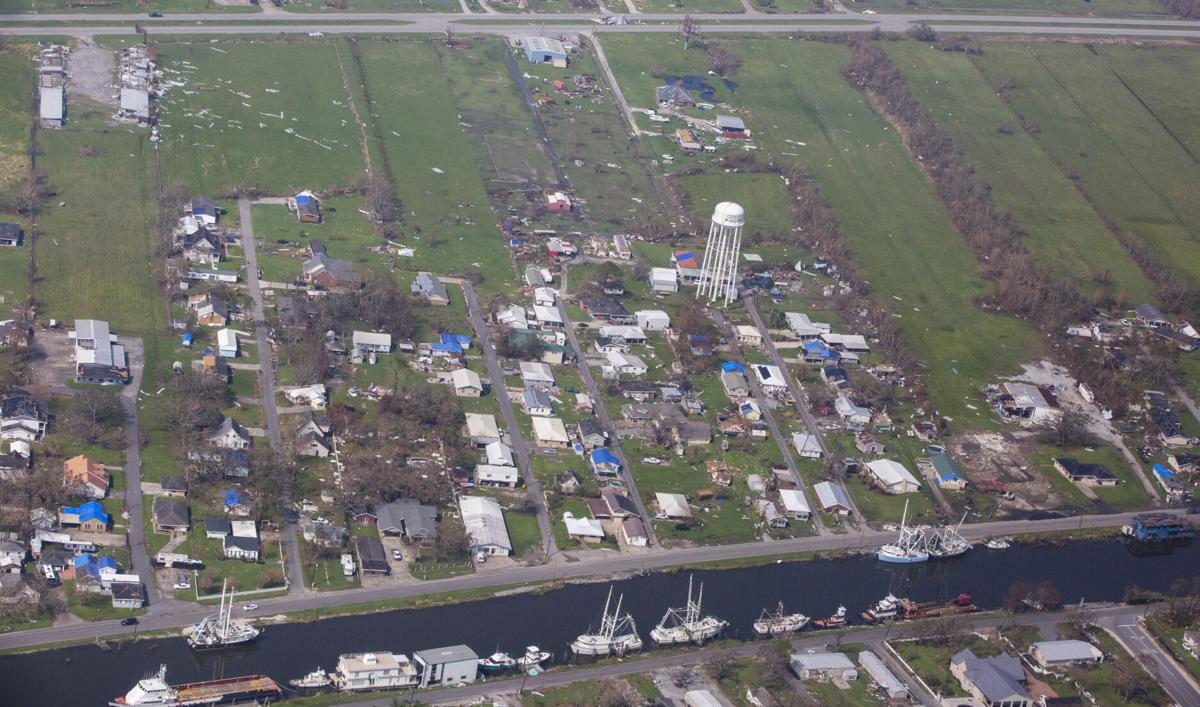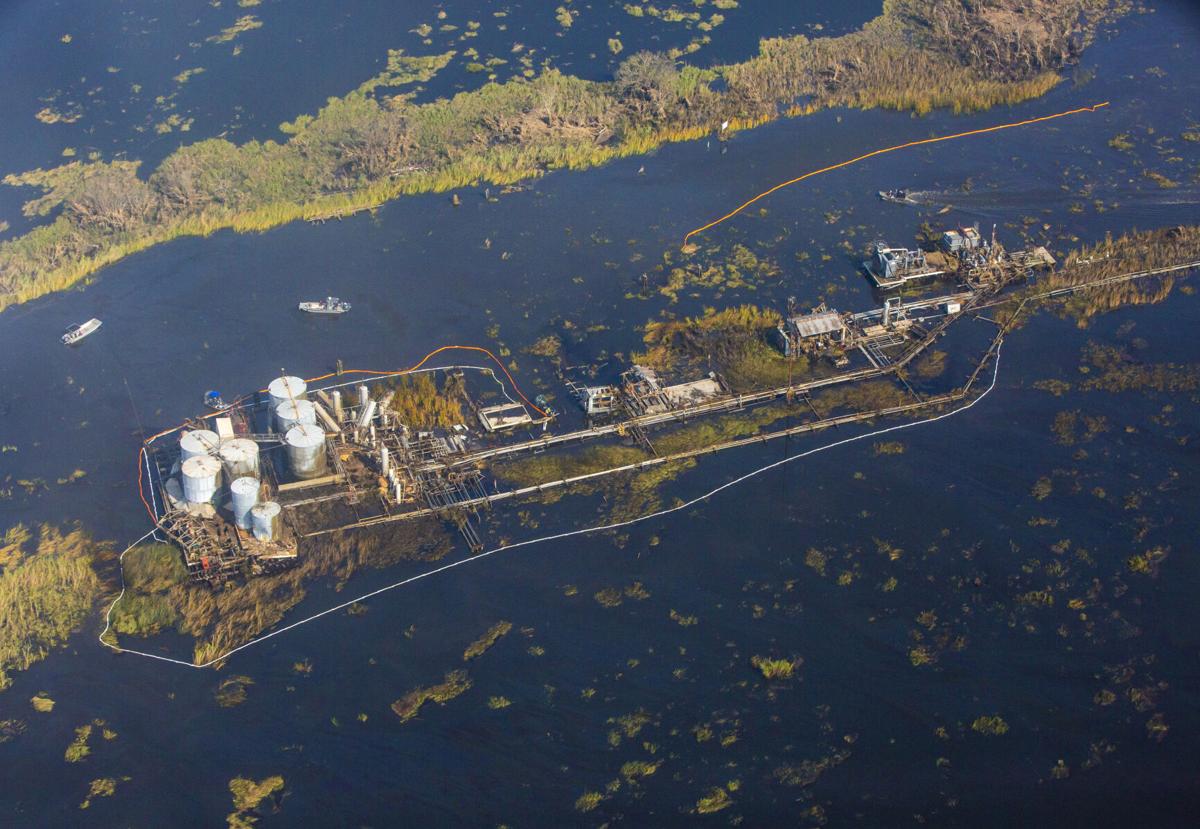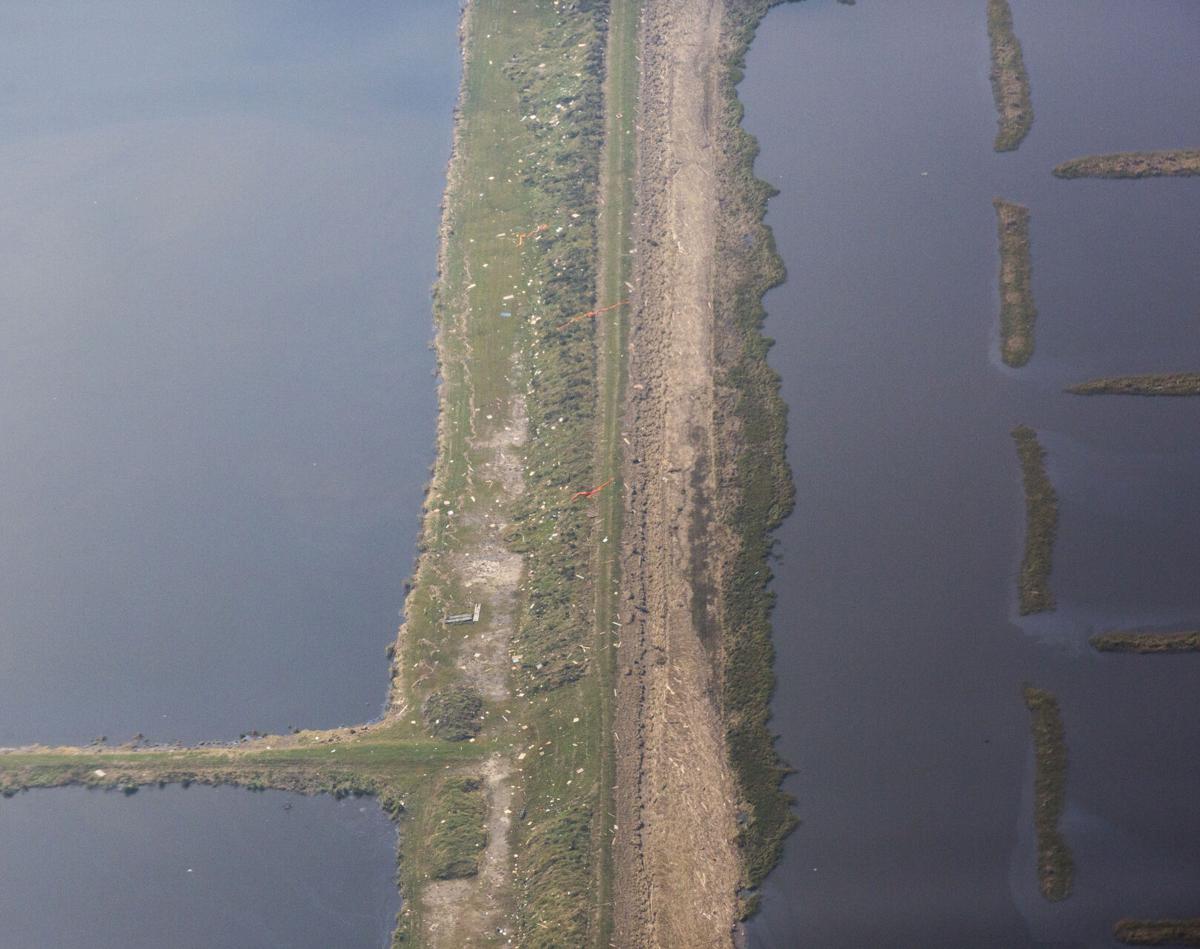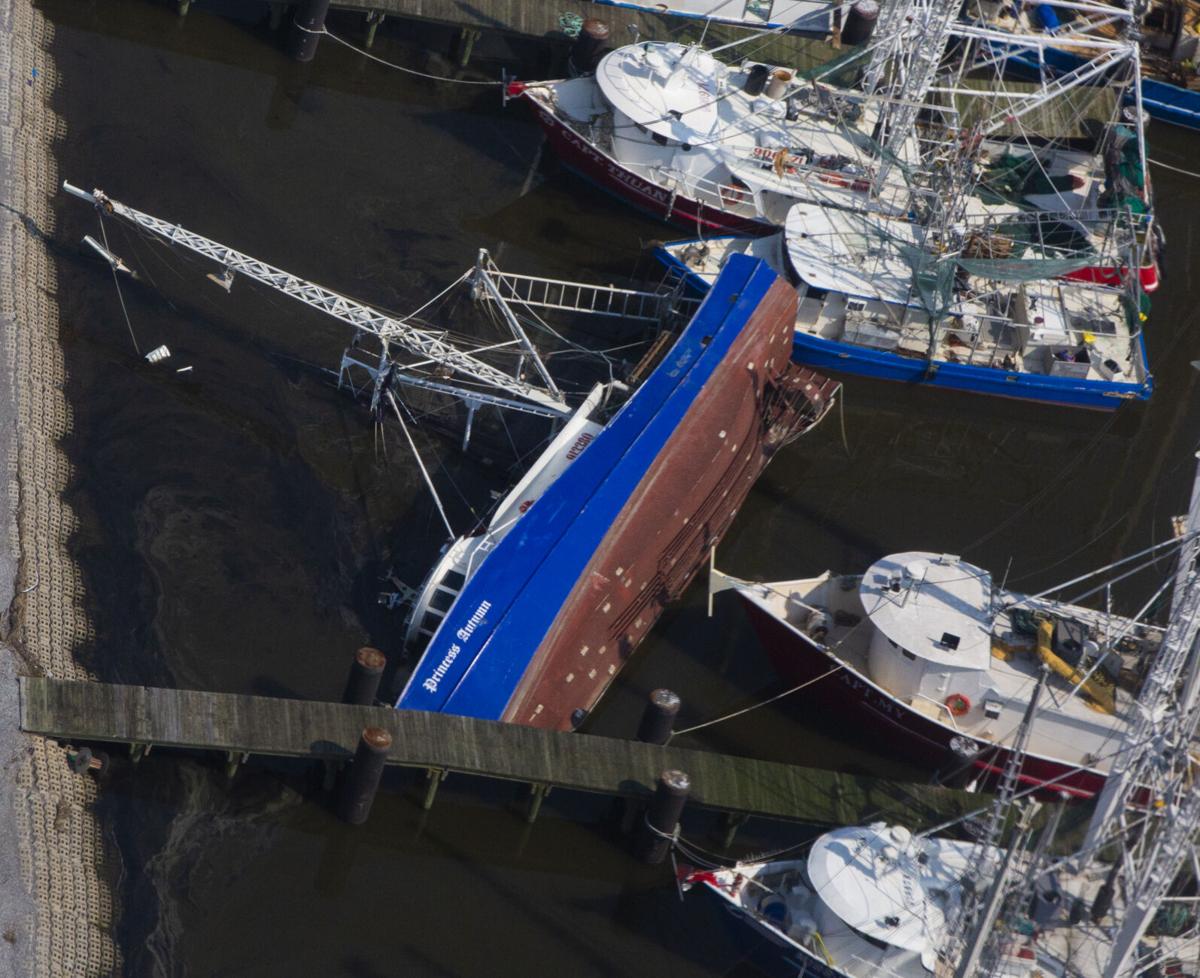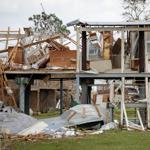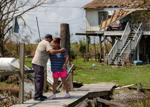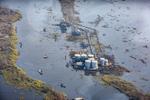Inside Climate News – Fossil Fuels
To Meet Paris Accord Goal, Most of the World’s Fossil Fuel Reserves Must Stay in the Ground
A new study in Nature reports that oil, gas and coal production must begin falling immediately to have even a 50 percent chance of keeping global temperatures from rising more than 1.5 degrees Celsius.
Nicholas Kusnetz September 8, 2021

Oil pump jacks operate at the Inglewood Oil Field in Culver City, California, on July 11, 2021. Credit: Kyle Grillot/Bloomberg via Getty Images
After a summer of weather extremes that highlighted the urgency of limiting global warming in starkly human terms, new research is clarifying what it will take to do so. In order to have just a 50 percent chance of meeting the most ambitious climate target, the study found, the production of all fossil fuels will need to start declining immediately, and a significant majority of the world’s oil, gas and coal reserves will have to remain underground over the next few decades.
While the research, published Wednesday in the journal Nature, is only the latest to argue that meeting the 2015 Paris Agreement goals to limit warming requires a rapid pivot to clean energy, it lays out with clear and specific figures exactly how far from those targets the world remains.
“The inescapable evidence that hopefully we’ve shown and that successive reports have shown is that if you want to meet 1.5 degrees, then global production has to start declining,” said Daniel Welsby, a researcher at University College London, in the United Kingdom, and the study’s lead author. As part of the Paris Agreement, nations agreed to try to limit global warming to 1.5 degrees Celsius (2.7 degrees Fahrenheit) above pre-industrial times.
The study found that nearly 60 percent of global oil and gas reserves and about 90 percent of coal reserves must be left unexploited by 2050, though a portion of those fuels could be produced in the second half of the century. Total oil and gas production must begin declining immediately, the research said, and continue falling at about 3 percent annually through 2050. Coal production must fall at an even steeper rate.
While the authors noted a few signs of change, including that coal production is already on the decline, the current course is far off what’s needed. In March, the International Energy Agency warned that oil production was on track to rebound from a pandemic-driven dip and would surpass 2019 levels within a couple of years. That projection came on the heels of a separate report in December by the United Nations Environment Program, which said energy producing countries are set to expand fossil fuel output for years.
The new paper builds on these studies and other related work to estimate the “unextractable” portion of the fossil fuel stores that are currently considered profitable to exploit—so-called proven reserves. Put another way, the research effectively says that most of the fossil fuels that energy companies currently list as financial assets, or that governments report as strategic ones, would be rendered worthless if the world is to have a shot at limiting warming to 1.5 degrees Celsius.
“It is abundantly clear from this and other work that the conversation now is about declining production, it’s about leaving fossil fuel reserves in the ground,” said Greg Muttitt, senior policy adviser at the International Institute for Sustainable Development, a think tank. Muttitt was not involved in the new research, though he is working on a separate paper with some of the authors.

A 2015 study, which shares a co-author with the new paper, ran a similar experiment geared toward limiting warming to 2 degrees Celsius (3.6 Fahrenheit)—the amount that countries in the Paris Agreement committed to keep global warming “well below.” The new work shows that roughly twice as much oil would have to be left unexploited by 2050 to have a 50 percent chance of reaching the more ambitious 1.5 degree target.
Regions Vary in How Quickly They Must Slow Production
By looking primarily at the cost of production in different parts of the world, the new research provided regional estimates, too, and found significant variation. The Middle East, with its vast stores of oil and gas, would have to leave massive quantities undeveloped. But because its reserves are so large, and its production costs so low, the region would take on an even more dominant role in the world’s future supply.
Canada—where most of the oil reserves are found in the tar sands, which are expensive and polluting to produce—would see more than 80 percent of its reserves go undeveloped, by far the largest share.
The United States is the only region that would see oil production increase from current levels, to about where it was before the pandemic, before peaking within a few years and then declining steadily. U.S. natural gas production, however, would see an immediate and sharp decline in the paper’s scenario as renewable energy sources displace gas for generating electricity.
The paper found less regional variation for coal, which emits more carbon dioxide per unit of energy than oil or gas. The vast majority of coal reserves would need to be left underground in nearly every region.

The authors said their findings make the case for restricting production by removing subsidies, imposing new taxes or even by prohibiting mining and drilling.
President Joe Biden campaigned on a promise to end new fossil fuel leasing on public lands, and his administration is currently conducting a review of the nation’s oil and gas leasing program that could result in higher royalty rates and other restrictive measures. Congressional Democrats are considering legislation that could scale back or eliminate federal subsidies for fossil fuel production, or even implement new fees or taxes on major producers. Other countries, including Denmark and Costa Rica, have begun banning or phasing out production.
The paper also highlights the risks to governments that are highly dependent on fossil fuels for revenue if they don’t diversify their economies.
The same could be said for private companies and investors in the fossil fuel industry, said Mike Coffin, who is a senior analyst at the climate and financial think tank Carbon Tracker Initiative, which has conducted similar research but was not involved in the new paper.
“The drastic change that’s going to have to happen is going to make those business models unviable,” Coffin said.
At a briefing covering the research, co-author James Price said their findings, as dramatic as they may seem, probably underestimate the volume of fossil fuels that must be left unexploited. Their modeling is aimed toward achieving only a 50 percent chance of limiting warming to 1.5 degrees, he said.
“If we want a higher chance,” Price said, “then we have to of course keep more carbon in the ground.”
Beyond probabilities, however, he said their model assumes that carbon capture technologies and natural processes like forest regeneration will be able to pull carbon dioxide out of the atmosphere later this century to compensate for some of the fossil fuels the world continues to burn, even though there remain significant questions about the scale of those practices that is feasible.
“This dependency introduces a risk of underestimating just how rapid the decarbonization needs to be,” Price said.








